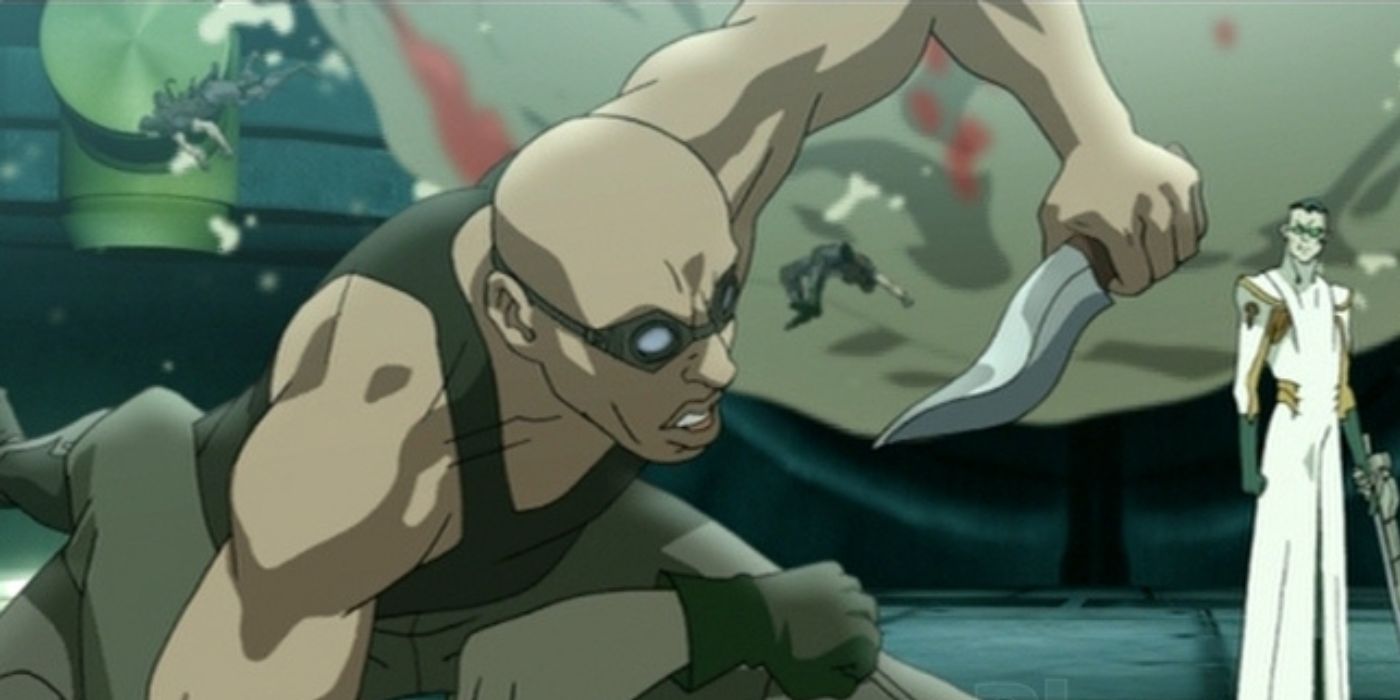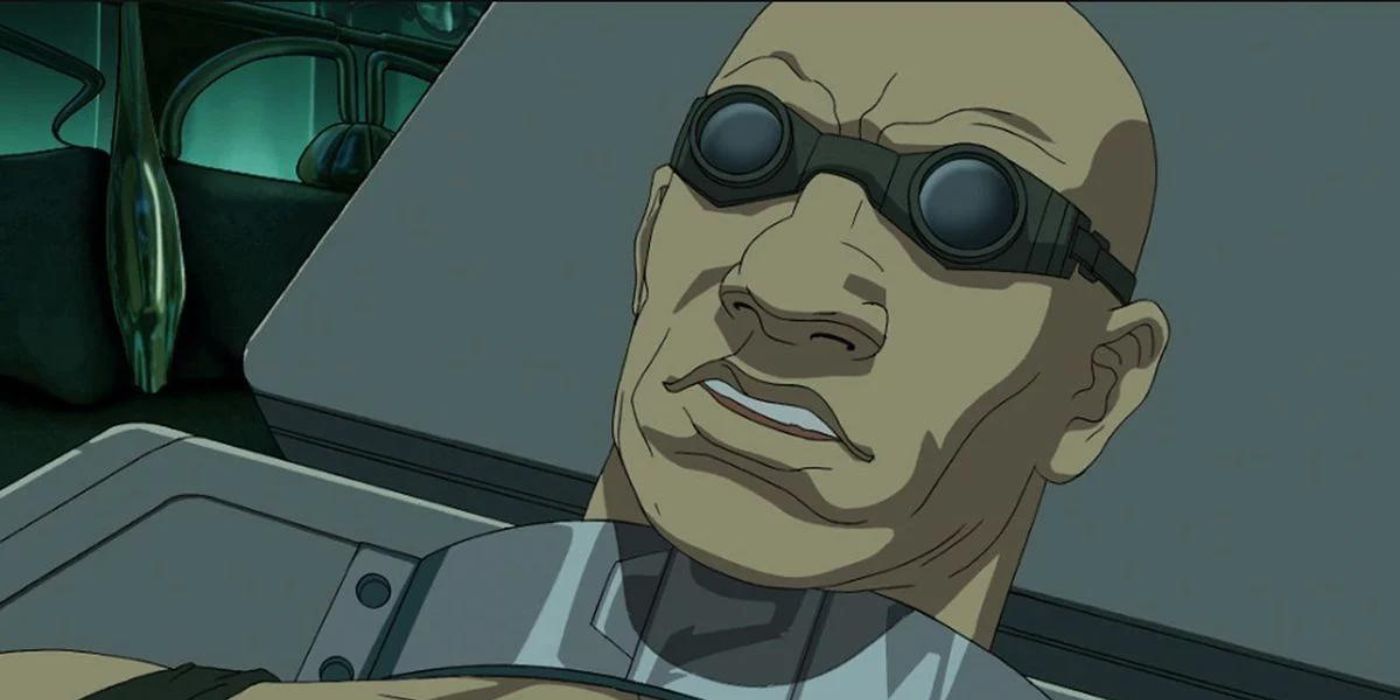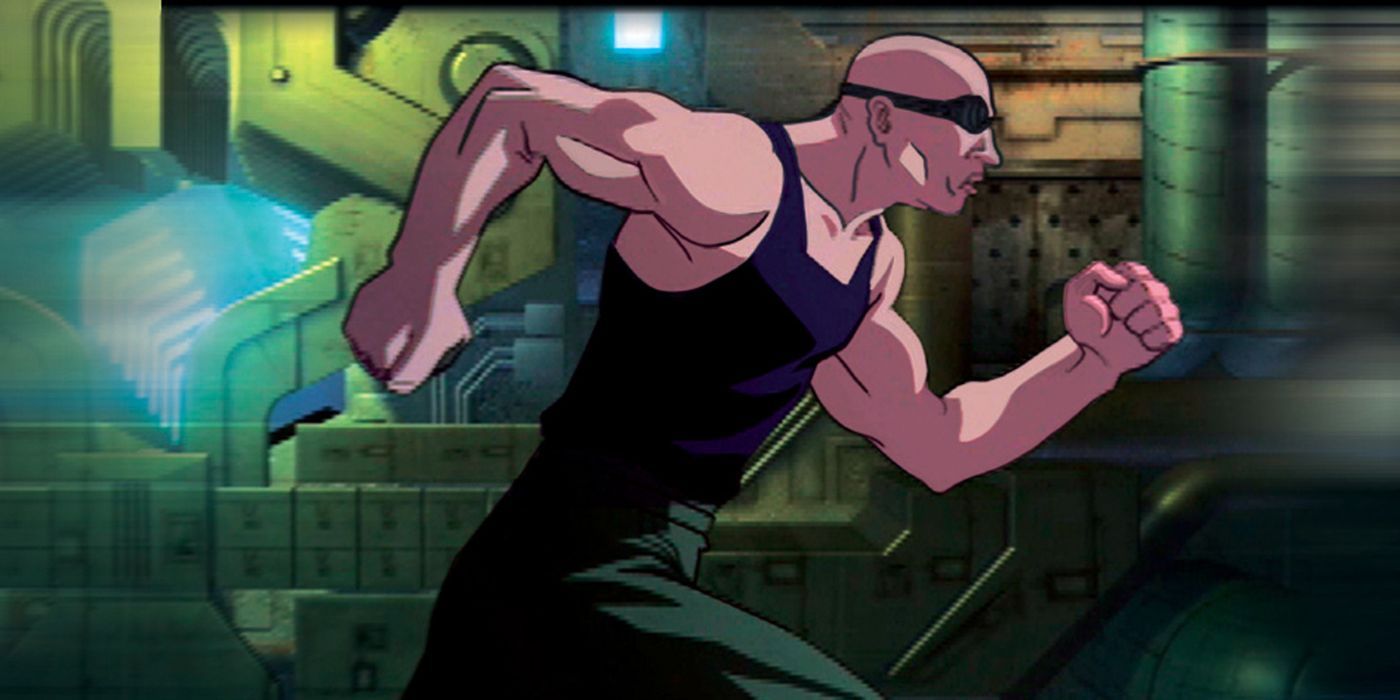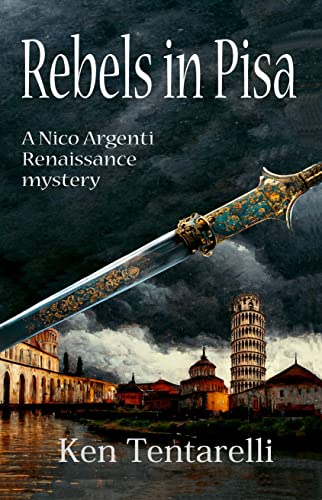Richard B. Riddick is a cool dude. He wears sunglasses all the time — welding goggles, to be specific. Never takes them off, even indoors or when prompted by the subtle gestures of polite society. He’s got a habit of stabbing people who try to talk to him. As a result, most people only speak of him, in awed tones. And as played by Vin Diesel, his own lines like “I bow to no man” and “The wolf moves among sheep” (both in reference to himself) are more growled than spoken. The character is a portrait of the beautiful vanity that only springs from a movie star with an entire sci-fi universe of his own, as he and director David Twohy have shepherded the Riddick franchise following its origination by screenwriters Ken and Jim Wheat. Where the latter duo’s script for 2000’s Pitch Black was a lean sci-fi thriller about a murderer who sees in the dark, Twohy’s follow-up was the absurd Chronicles of Riddick, which spurned the monster movie origins to cast Riddick as a prophesied hero fighting an evil empire. In its new, expanded world of air elementals and an army of the dead, the whole “seeing in the dark” thing wasn’t special anymore.
In this way, Chronicles is a sequel by way of adaptation, transplanting the gruff-talking antihero to a world that wasn’t designed for him. He never really feels like he belongs, already so outsized to begin with. When he’s literally dropped into Crematoria’s triple-max slam, a fellow inmate lavishes upon him a theatrical, almost musical greeting, and Riddick blows him off. “I’m just passing through.” For this dissonance, but more likely its mega-budget price tag, The Chronicles of Riddick was a financial disappointment, capping off a big transmedia experiment with a fizzle. Diesel and Twohy envisioned a grand cinematic universe, even rebranding the original film as The Chronicles of Riddick: Pitch Black. There was the tie-in video game Escape from Butcher Bay, the proposed television series Merc City, and an animated short Chronicles of Riddick: Dark Fury to lend a 2006 DVD collection the title “The Riddick Trilogy.” By all rights, the short, directed by Peter Chung, should be a cheap cash-in, easily discarded, but it’s actually a sweet and satisfying experience that brings out the best of a messy franchise.
Peter Chung Gives Riddick a Dramatic New Look With ‘Dark Fury’
Dark Fury picks up at the end of Pitch Black, with Riddick aboard a ship with the Imam (Keith David) and Jack (Rhiana Griffith). Immediately, the visuals catch the eye. Peter Chung broke out with Aeon Flux, the surreal cartoon which premiered on MTV’s Liquid Television. Audiences in 1991 were introduced to his long-limbed character design, as well as his penchant for nihilistic themes undercut by a winking tone. In 2003, Chung worked on The Animatrix, a direct-to-DVD tie-in for the Matrix sequels which combined the efforts of industry legends like Shinichirō Watanabe, Yoshiaki Kawajiri, and Takeshi Koike. The anthology’s success inspired later anime tie-ins of increasing puzzlement, from Halo to Marvel heroes to Dante’s Inferno (the video game). These properties didn’t have the same anime influence as The Matrix, leading to aesthetic clashes. Surely, the used future of Riddick wouldn’t mesh with anime or Chung’s acute sensibilities.
Fortunately, The Chronicles of Riddick was already a clash, marrying in unholy union the dirty gunmetal of Pitch Black to sword-and-planet extravagance. The problem was the aforementioned evil empire, the “Necromongers,” whose knight armor and spears would’ve fit in with Krull but not alongside Vin Diesel’s goggles and perpetual black tank top. Positioned so centrally, they also make for a thematic problem, as the Riddick universe already had a big bad: the mercenaries, or “mercs.” This was a world of bounty hunters and serial killers; it didn’t need magic space ghosts. Thankfully, Dark Fury makes no mention of them. The mercs can be the villain, and they also fill the Necromonger vacancy as the fantasy element. Tremendously overdesigned inside and out, the merc ship that intercepts Riddick and friends is a funhouse of art deco and neon.
‘The Chronicles of Riddick: Dark Fury’ Makes the Most of Its Animation
It’s Riddick who brings the fun however, after the mercs open the hatch and out comes fire-suppression foam, taking the shape of a giant ball in zero gravity. Riddick hides inside, slashing and stabbing at mercs in an inventive sci-fi set piece. “He has to breathe sometime,” the merc leader Antonia (Tress MacNeille) says of Riddick, observing the spectacle from a distance. Clearly, she has yet to realize how cool he is. And while Chung respects that ego-friendly edge of the Riddick-verse, he brings a different cinematic language than Twohy. Both directors have an eye for comic book-style compositions, but Chung trades the more deliberate pace of Chronicles — and the Dutch angles — for a staccato rhythm, ratcheting up the tension in our constant “hunter or hunted” paradigm.
The trick to antiheroes like Guts and the Punisher and, yes, Riddick, is to come up with villains who are even worse, and Antonia represents this universe at its darkest. The opening zero-G massacre is resolved when a merc holds Jack at gunpoint, and Riddick breaks with his earlier growl that “The girl is nothing to me.” Antonia sees through that and takes him prisoner, leading to another characteristic scene: Riddick bound but making his captors nervous. Moving deeper into the ship, the Imam points out that this is a “plantation operation,” with captured bounties on one side and contracted killers on the other, both in cryogenic stasis. One of those killers happens to be the standout character from Chronicles, Toombs (Nick Chinlund), given a faithful 2D rendition here.
Riddick Is True to Himself in ‘Dark Fury’
Antonia leads Riddick to a sprawling room with curious displays: human bodies, which she explains are killers trapped in “cryo so profound that seconds seem weeks, and to blink an eye is a day’s work.” Despite that the mind is present and no doubt deteriorating under such conditions, Antonia considers this a fate better than prison. Here, they’re appreciated, transformed into objects on par with their life’s work. She’s creating art. Riddick’s response? “Lady, your taste sucks.” What follows is an action set piece that makes use of Riddick’s original “superpower,” on the precipice of being made the next piece of Antonia’s collection. The lights go out, and he squares off against flailing neon tentacles. “I cannot see!” the Imam shouts. “You don’t want to,” Riddick replies before cutting through the abstract, terrifying creatures.
The Riddick series has always been good with monsters, from the very beginning with the “bio-raptors” of Pitch Black, designed by French artist Patrick Tatopoulos. He’d stick with the series long enough to populate the desert planet of 2013’s Riddick with extraterrestrial dogs, birds, and “mud demons.” Whether the vampire hybrids of Underworld or the infamous 1998 Godzilla, a Tatopoulos monster is at once intricately stylized and familiar, grounded in some biological truth. What Chung introduces to the Riddick bestiary in Dark Fury is the truly alien, especially with the second monster. After Riddick escapes with the Imam and Jack, Antonia orders the activation of more mercenaries, as well as a giant cyborg creature that looks like the big slug from The Empire Strikes Back on two robot legs.
In echo of Pitch Black, Riddick makes the decision to risk his own life to save his traveling companions, diverting the cyborg slug’s attention from Jack and the Imam. Of course, one could easily accuse the Riddick series of having one thing on its mind — badass with a heart of gold — but there’s a reason that’s a cliché. In the end, Antonia gets the drop on Riddick, but she’s shot by a wide-eyed Jack. Back on the road to Helion Prime, Riddick and the Imam discuss the girl’s first kill with genuine concern. Now, Riddick may be a prophesied warrior, last of his race, strangled in the womb by the umbilical cord, but all of that left him with a ruthless, individualist outlook. Being confronted by empathetic people in Pitch Black was an existential crisis. Now he’s trying to protect those people, and what they represent, which in turn is threatened by the prospect of Jack becoming like Riddick.
The Riddick Chronicles Will Continue
Being that Dark Fury is a side project, conceptualized simultaneously with other pieces of a franchise, it couldn’t make any big moves — no character deaths to contradict later events, no premature introduction of the Necromongers. That honor would go to Dame Judi Dench. As a result, Dark Fury takes place in an isolated pocket of the Riddick universe, where a megalomaniac keeps hundreds of people in various states of cryogenic bondage. This is what the franchise should have been about — it’s a universe of pockets. As the 2013 sequel would also prove, Riddick is at his best when squaring up with killers and aliens, not assuming the throne like Conan the King. With a fourth feature-length installment on the way, teased now for a decade, the Riddick character is here to stay, and Dark Fury is a big part of why that’s exciting.
























































![Key Metrics for Social Media Marketing [Infographic] Key Metrics for Social Media Marketing [Infographic]](https://www.socialmediatoday.com/imgproxy/nP1lliSbrTbUmhFV6RdAz9qJZFvsstq3IG6orLUMMls/g:ce/rs:fit:770:435/bG9jYWw6Ly8vZGl2ZWltYWdlL3NvY2lhbF9tZWRpYV9yb2lfaW5vZ3JhcGhpYzIucG5n.webp)


















